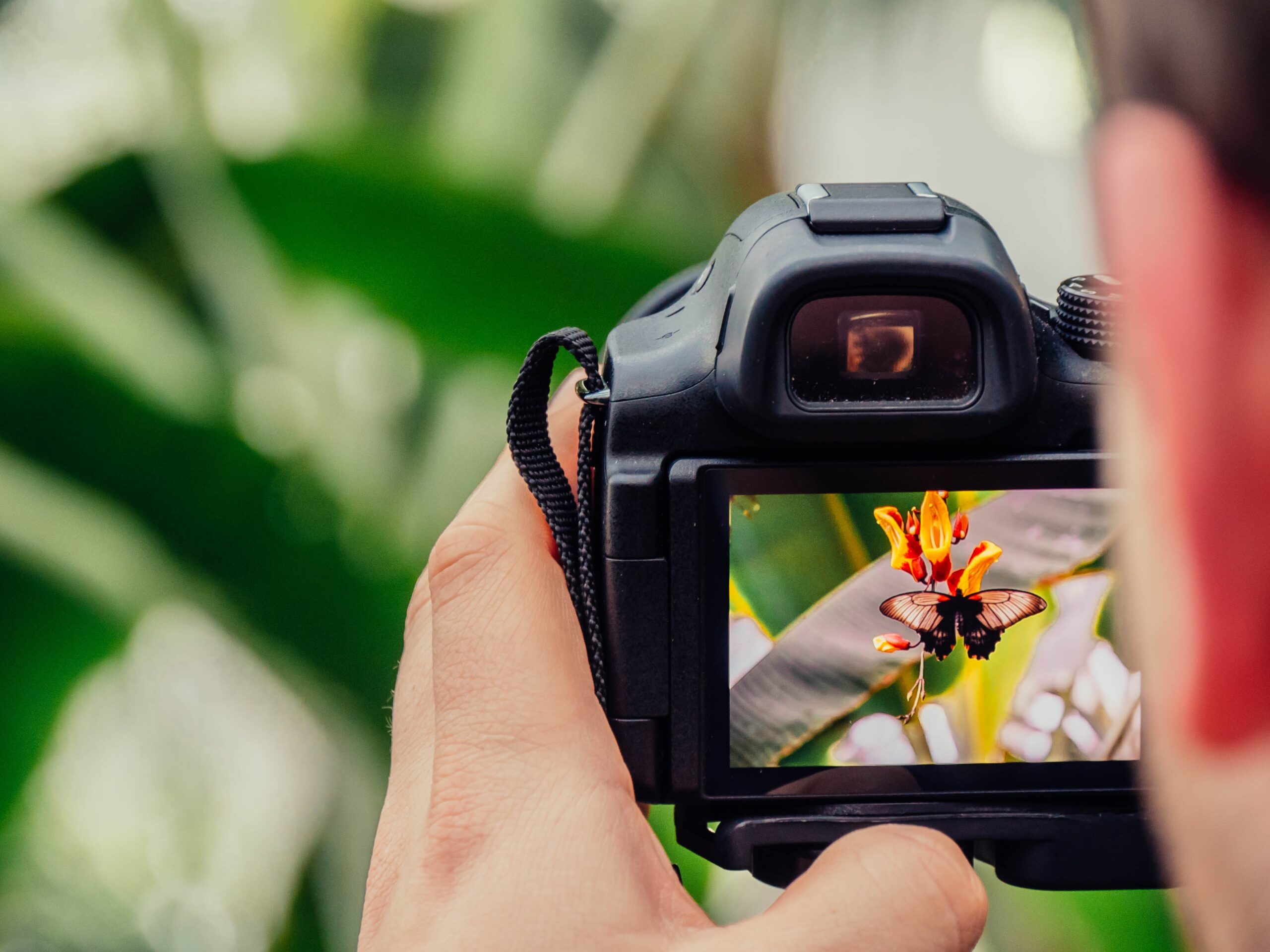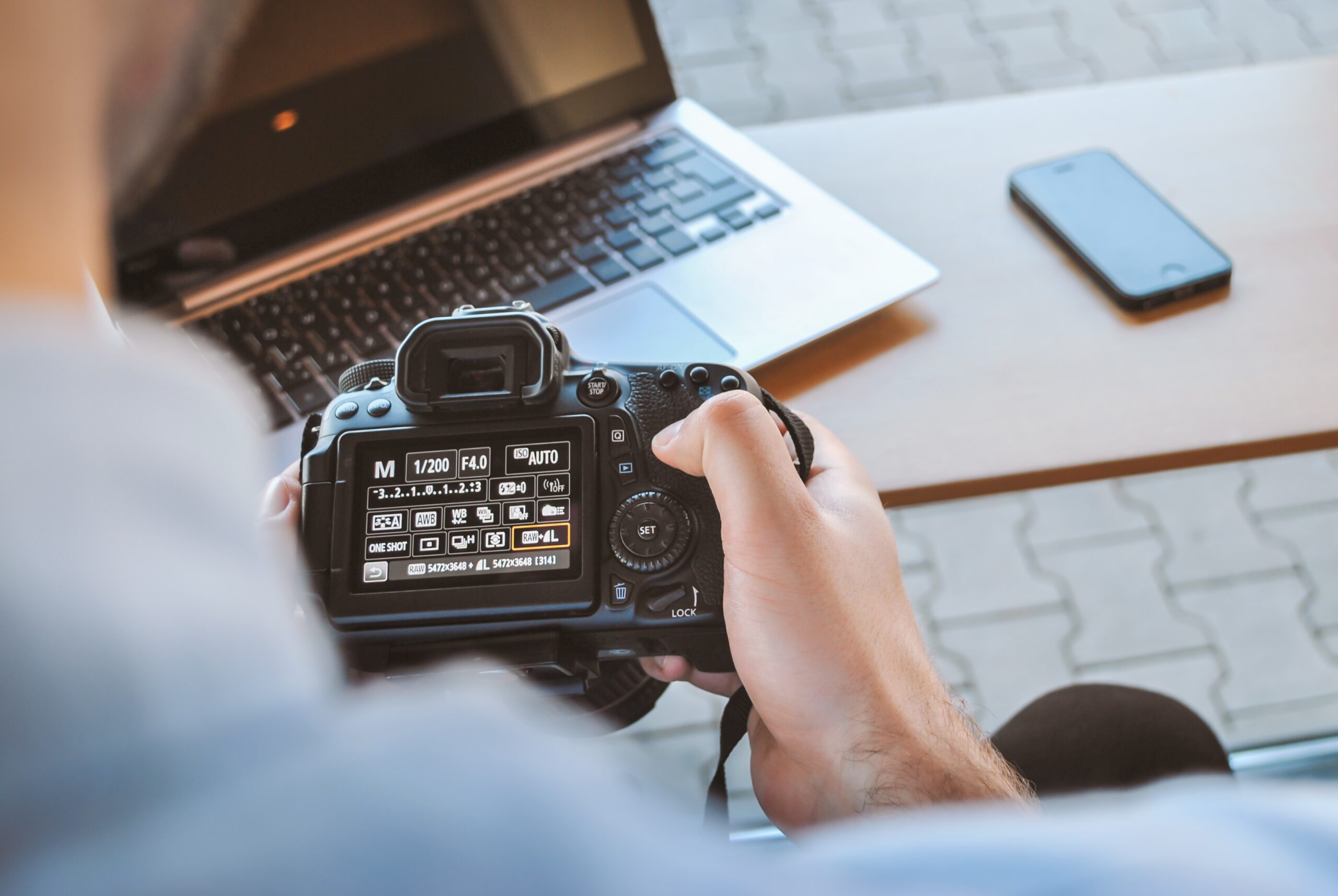If you’ve ever wondered if a spotting scope can be used without a tripod, you’re not alone. Whether you’re a wildlife enthusiast or a bird watcher, having a portable and flexible option to view distant objects is essential. But what if you don’t have a tripod? Is it possible to enjoy the benefits of a spotting scope without one? In this article, we will explore the possibilities of using a spotting scope without a tripod, providing you with some alternative solutions that might just surprise you.

Understanding Spotting Scopes
What is a spotting scope?
A spotting scope is a portable, high-powered telescope designed for terrestrial viewing. It is similar to a small telescope, but with added features like a zoom eyepiece, image stabilization, and adjustable focus. Spotting scopes are commonly used for activities such as wildlife observation, birding, target shooting, and even astronomy.
Different types of spotting scopes
Spotting scopes come in various types, each offering unique features and specifications. The most common types include angled spotting scopes, straight spotting scopes, and compact spotting scopes. Angled scopes provide a more comfortable viewing angle, while straight scopes are ideal for quick target acquisition. Compact spotting scopes, on the other hand, are smaller and lighter, making them highly portable and convenient for traveling.
Common uses of spotting scopes
Spotting scopes have a wide range of applications. They are commonly used by nature enthusiasts for birdwatching, as the high magnification allows for detailed observation of distant birds. Hunters also use spotting scopes to scout game from a distance. Target shooters use them to enhance accuracy by examining bullet holes or spotting impacts on distant targets. Additionally, spotting scopes are often utilized for stargazing and observing celestial objects.
The Essential Role of a Tripod
Purpose of a tripod in spotting scope usage
A tripod serves as a stable platform to support and stabilize the spotting scope. It helps eliminate shaking or trembling caused by hand-holding the device, ensuring a steady view. This is particularly beneficial when observing distant subjects or using high magnification.
How a tripod improves spotting scope performance
Using a tripod not only provides stability but also allows for easier control and adjustment of the spotting scope. It enables users to precisely aim at their desired subjects without the worry of fatigue-induced hand movement. Moreover, it allows for extended viewing sessions, preventing arm strain and discomfort. A tripod enhances the overall experience by ensuring clear, crisp, and shake-free images.
Different types of tripods available
There are various types of tripods available, each catering to different needs and preferences. Aluminum tripods are sturdy and affordable, making them a popular choice. Carbon fiber tripods, on the other hand, are more expensive but offer lightweight construction and increased stability. Tripods also come in different sizes, with adjustable legs and heads for customizable positioning. It is essential to consider factors such as weight, stability, and ease of use when choosing a tripod for your spotting scope.
Using a Spotting Scope without a Tripod: Pros and Cons
Possible scenarios for using a spotting scope without a tripod
While using a tripod is highly recommended for optimal performance, there are instances where using a spotting scope without a tripod may be necessary or preferred. For example, when on a hike or trek where carrying a tripod may be impractical, or during quick and spontaneous observation sessions.
The benefits of not using a tripod
Not using a tripod offers increased mobility and flexibility. Without the constraint of a tripod, you can quickly scan the surroundings, track moving subjects, and change positions as needed. It allows for greater versatility in different environments and situations, especially when you need to react swiftly to capture a specific moment or subject.
The drawbacks of not using a tripod
The most significant disadvantage of not using a tripod is the compromised stability and image quality. By hand-holding the spotting scope, there is a higher chance of experiencing shaky or blurry views, especially when using higher magnifications. This can result in frustration and reduced enjoyment of the viewing experience. Additionally, extended use without a tripod can lead to arm strain and fatigue, limiting your observation time.
Strategies for Using a Spotting Scope without a Tripod
Bracing against stable objects
When a tripod is unavailable, you can brace your spotting scope against stable objects such as trees, rocks, walls, or even vehicles. This provides additional stability by utilizing external support. Make sure to position the scope securely and utilize any available natural or artificial elements to enhance stability.
Using a window mount
A window mount is a convenient accessory that allows for steady viewing from the comfort of a car or building. It can be attached to a car window or any firm window surface, providing a stable base for your spotting scope. Window mounts are particularly useful for observing wildlife during road trips or when viewing from the comfort of your home.
Utilizing monopods or bi-pods
Monopods and bi-pods are portable support options that offer more stability compared to hand-holding. Monopods consist of a single leg, while bi-pods have two legs, providing increased stability. They can be adjusted to various heights and angles, allowing for more freedom of movement while still offering some stability for the spotting scope.

The Impact on Image Quality without a Tripod
Comparing tripod and non-tripod image quality
The image quality obtained with a tripod is generally superior to that achieved without one. When a spotting scope is securely mounted on a stable tripod, it minimizes vibrations and allows for precise focusing, resulting in sharper, clearer, and more detailed images. Without a tripod, hand-holding the scope can introduce blurriness and shake, especially at higher magnifications, resulting in reduced image quality.
Factors that influence image stability
Image stability is influenced by various factors, including atmospheric conditions, magnification levels, external vibrations, and user technique. While a tripod provides a stable base, some external factors such as wind or ground vibration can still affect image stability. Proper technique, such as using bracing techniques or utilizing stabilizing accessories, can help mitigate these effects when a tripod is not available.
The effect of high magnification
High magnification exacerbates the need for stability when using a spotting scope. The slightest hand movement can become magnified, resulting in significant image shake and reduced clarity. Using a tripod becomes even more crucial at higher magnifications to ensure a stable and enjoyable viewing experience.
Considerations When Buying a Spotting Scope
How often will you use a tripod?
Consider your intended usage of the spotting scope and how frequently you will rely on the support of a tripod. If you foresee using the spotting scope primarily with a tripod, investing in a high-quality, stable tripod is essential. On the other hand, if you anticipate more handheld or mobile use, you may prioritize other features in your spotting scope selection.
Portability vs stability
Choosing between portability and stability depends on your specific needs and preferences. If you require a lightweight and compact spotting scope for on-the-go usage, sacrificing some stability may be necessary. However, if image stability is a top priority, opt for a heavier, more stable spotting scope and tripod combination.
Budget constraints
Spotting scopes and tripods come in various price ranges, and it is essential to establish a budget beforehand. Consider investing in higher-quality optics if image clarity and durability are crucial to you. However, if you are on a tight budget, there are still plenty of options available that provide satisfactory performance for occasional use without breaking the bank.

Common Challenges and Solutions when Using a Spotting Scope Without a Tripod
Difficulty in maintaining a steady view
One common challenge when using a spotting scope without a tripod is hand tremors, which can make it challenging to keep the view steady. A solution to address this is by using bracing techniques, such as resting the spotting scope on a stable surface or against your body. This can help reduce hand-induced vibrations and enhance image stability.
Strain and fatigue from holding the scope
Extended sessions of hand-holding a spotting scope can lead to arm and shoulder strain as well as general fatigue. To mitigate this, take regular breaks and avoid prolonged periods of handheld use. Additionally, consider using stabilizing accessories like monopods or bi-pods to provide some relief and reduce strain.
Problems with focusing
When hand-holding a spotting scope, precision focusing can be challenging due to small hand movements. The best approach to this challenge is to practice using slow, deliberate movements and adjusting the focus dial with care. Taking advantage of any bracing techniques and stabilizing accessories can help maintain focus and improve overall sharpness.
Alternative Devices to Tripods
Comparing tripods, monopods, and bi-pods
While tripods are the traditional choice for stabilizing a spotting scope, monopods and bi-pods offer viable alternatives. Monopods provide a single support leg, allowing for more freedom of movement but sacrificing some stability. Bi-pods, with their two support legs, offer increased stability at the cost of slightly less mobility. The choice between these options depends on your specific needs and preferences.
When to use different types of supports
Using a tripod is ideal for stationary situations where ultimate stability is required, such as when observing from a fixed location or for extended periods. Monopods and bi-pods are suitable when you need a balance between stability and mobility, allowing for more flexibility and quick adjustments while still providing some support.
Using natural objects as support
When tripods or support devices are unavailable, utilizing natural objects can be a creative solution. Trees, rocks, fence posts, or even your own body can serve as external supports. By bracing the spotting scope against stable objects, you can achieve a more stable position and reduce hand-induced vibrations.
Expert Opinions and Recommendations
Expert views on tripod-less spotting scope use
Experts generally agree that using a tripod with a spotting scope offers significant advantages in terms of stability and image quality. However, they also acknowledge that there may be scenarios where using a tripod is not practical or desirable. In such cases, experts recommend utilizing stabilizing accessories like monopods, bi-pods, or bracing techniques to improve stability and reduce vibration.
Recommendations for best practices
Experts recommend practicing proper hand-holding techniques, utilizing bracing methods, and experimenting with different stabilizing accessories to find the most effective approach for hand-held spotting scope use. They stress the importance of maintaining a relaxed grip, minimizing body movements, and taking advantage of natural supports whenever possible.
Precautions to take when not using a tripod
When using a spotting scope without a tripod, experts caution against using excessive magnification levels, as it can amplify image shake and reduce clarity. They also recommend being mindful of hand-induced vibrations and taking breaks to prevent excessive strain. Being aware of limitations and using stabilizing techniques whenever possible will help ensure a better experience without a tripod.
Closing Thoughts: To Use or Not Use a Tripod
Weighing the convenience and challenges
Deciding whether or not to use a tripod ultimately depends on individual preferences and the specific circumstances of each observation session. While a tripod provides unmatched stability and image quality, it may not always be practical or feasible. Consider the convenience and challenges associated with hand-held use, and the specific needs of your intended application.
Understanding individual needs and preferences
Every spotting scope user has unique needs and preferences. Some may prioritize convenience and mobility, while others prioritize image stability and clarity. It is essential to understand your own requirements and choose a setup that aligns with them. Be open to experimenting with different techniques and accessories to find the best balance for your specific needs.
The value of flexibility in spotting scope use
Flexibility is an essential aspect of spotting scope use. While tripods provide stability, they can restrict mobility and hinder quick adjustments. Hand-held use allows for greater flexibility and versatility, enabling users to adapt to various situations and capture spontaneous moments. By understanding the trade-offs and utilizing suitable stabilizing techniques, you can achieve a balance between stability and flexibility in your spotting scope usage.

